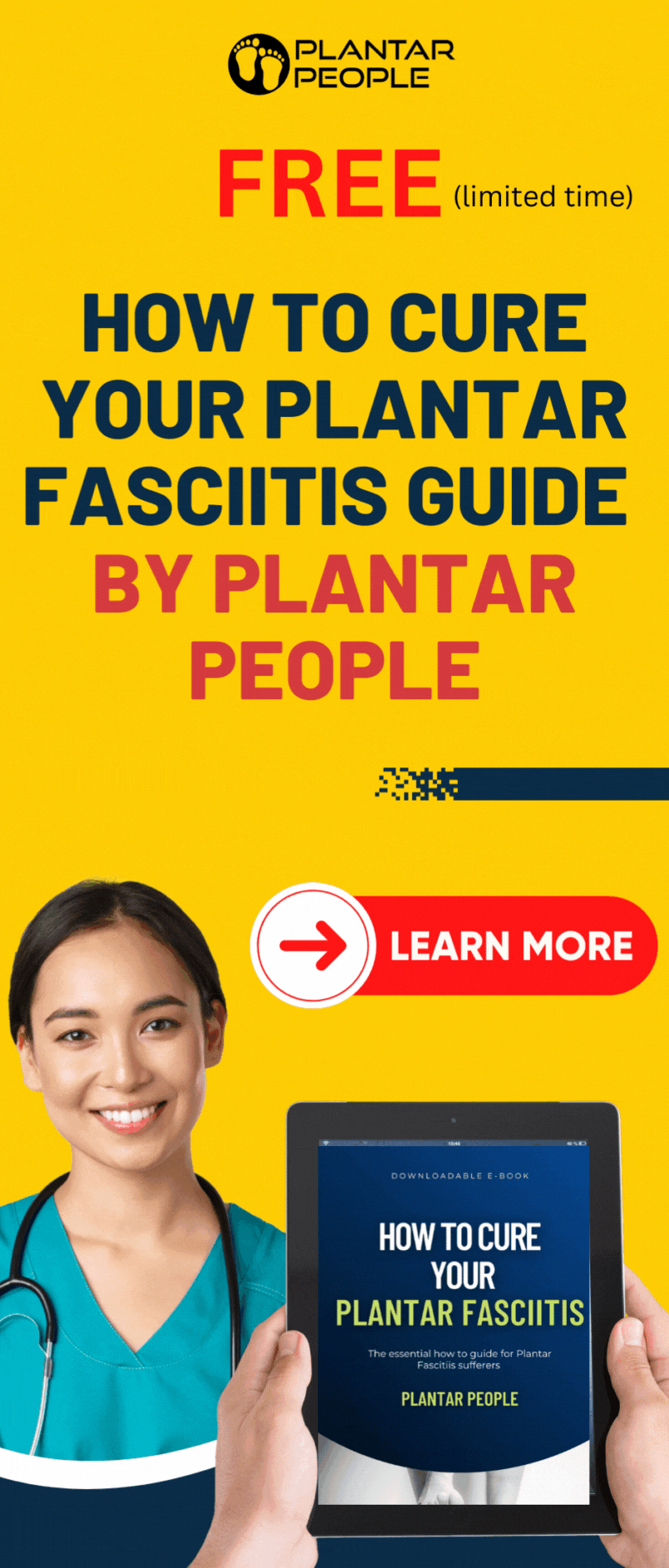
Experiencing the discomfort of plantar fasciitis surgery can be quite agonizing. The specific procedure you undergo will determine whether you need to rely on medication or use braces to alleviate foot pain. Equally crucial is understanding how to properly care for your feet post-operation. This knowledge will prove invaluable in preparing you for a smooth transition back to engaging in sports and other activities.
Endoscopic plantar fasciotomy
If you’re experiencing plantar fasciitis, you may be familiar with the discomfort and limited mobility caused by the condition. However, there are surgical options available that can provide relief and improve your overall well-being. By exploring these surgical methods, you can find effective ways to alleviate the pain and regain your ability to move comfortably.
Although plantar fasciitis surgery boasts high success rates, there is always a slight possibility of complications for some patients. Such complications may encompass infection, blood clots, and persistent pain. Despite their occurrence, it is essential to note that these complications are typically minor in nature.
A patient who undergoes endoscopic plantar fasciitis surgery has a lower risk of complications than those who have open surgery. This procedure is also less invasive and can be performed with a local anesthetic or twilight medication.
The procedure involves making a small incision on the heel or side of the foot. This incision will be covered by bandages. Then, a tiny camera will be placed inside the incision. The surgeon will then cut the fascia with a small hook.
The goal of endoscopic plantar fasciitis surgery is to release tension from the plantar fascia. In some cases, this will relieve the pain and allow the patient to wear regular shoes. The procedure can take about 15 to 20 minutes, depending on the surgeon.
Isolated proximal medial gastrocnemius release
A new study on the effectiveness of isolated proximal medial gastrocnemius release for plantar fasciitis surgery shows impressive results. According to the study, a patient’s overall satisfaction and pain relief were significantly improved. It was also found that patients had a faster return to play and work.
Monteagudo and colleagues conducted a prospective study. They followed 50 patients with plantar fasciitis. The researchers evaluated 11 preoperative variables and measured health outcomes. They included patient age, foot structure, health-related quality of life, VAS pain score, and visual analogue pain score. They also used the Likert scale to measure patient’s satisfaction.
Gastrocnemius recession is an effective treatment for recalcitrant plantar fasciitis. It improves the function of the lower limb and minimizes the risk of recurrence. The procedure is relatively safe, with a short recovery time and minimal complications.
The primary aim of the surgeon is to achieve a pain-free heel. In the present study, the researchers found that patients treated with isolated proximal medial gastrocnemius releases showed higher levels of satisfaction than patients who were treated with a partial proximal fasciotomy. However, some of the patients reported no complete relief.
Cortisone injections
Corticosteroid injections are a popular method of relieving pain caused by plantar fasciitis. They are most effective when used in conjunction with other treatments. These treatments can include stretching, ice, rest, orthotic inserts, and topical medications.
The primary advantages of corticosteroid injections include symptom relief, a faster healing time, and a reduction in inflammation. However, they may also cause a number of side effects. For instance, a patient can have a weakened heel fat pad or a loss of skin pigmentation around the site of the injection.
It is important to note that there are risks involved with corticosteroid injections, particularly for those who are in a lot of pain. There are rare complications that can occur. In addition, there is a chance that the injection could weaken the plantar fascia, leading to chronic pain.
Depending on the severity of the symptoms, you may need more than one shot to get results. You should always discuss this with your doctor.
Preparing for return to sport
Plantar fasciitis is a painful condition of the foot, often caused by overuse. The condition may affect your ability to walk or participate in sports. There are several ways to treat the condition.
Non-surgical treatments include anti-inflammatory medications, cortisone injections, shoe inserts, and stretching exercises. In some cases, surgery is necessary.
Surgery involves either an open or endoscopic procedure. It is usually done in a hospital setting. The surgeon will make a small incision on the bottom of the foot.
If the disease has been present for more than 6 months, it may be more effective to have surgery. The goal of the surgery is to relieve pain. In addition, the procedure can be used to help the patient return to activity.
Generally, the recovery time is about six to eight weeks, although it can take up to seven months. In some cases, the physician will recommend a physical therapy program. These programs will help strengthen the muscles supporting the plantar fascia.

